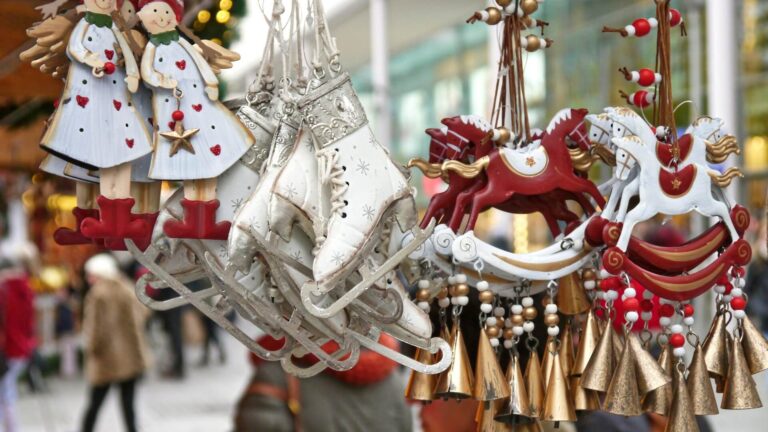
If you need a freelance travel writer or you would like to see your country, city, flight, etc., presented on the blog, drop me an email.
Find our more on Freelance Travel Writer page.
Orvieto Things to do is all about this small town in the central Italian region of Umbria. Whether you come for a day or a few, you won’t regret visiting. This is how one imagines typical Italian hilltop villages with a church or castle dominating a network of quaint rooftops.
Orvieto is easy to reach from any of the surrounding regions namely Tuscany, Lazio, Marche, or Abruzzo since it’s not far. (It’s situated less than 100 km from Rome.) I came by train while discovering all those lovely things to do in Umbria.
ORVIETO ITALY
Orvieto is a small town in the southwest of Umbria situated on a hilltop and surrounded by steep cliffs. The settlement originates from the Etruscan times and so, one can visit the necropolis dating back to the 4th and the 6th century BC. Ancient Romans noticed the town due to its great position and the fact that it was almost impregnable. They took over in the 3rd century BC. After the Roman Empire disappeared, it was on the map of various invaders only to be established as a self-governed community in the 10th century.
The road from Florence to Rome was controlled from here in the middle ages when it became a papal stronghold. Its population grew to 30,000 in the 13th century (compared to today’s 20,000) and became famous for papal palaces. It became a part of united Italy in 1860.
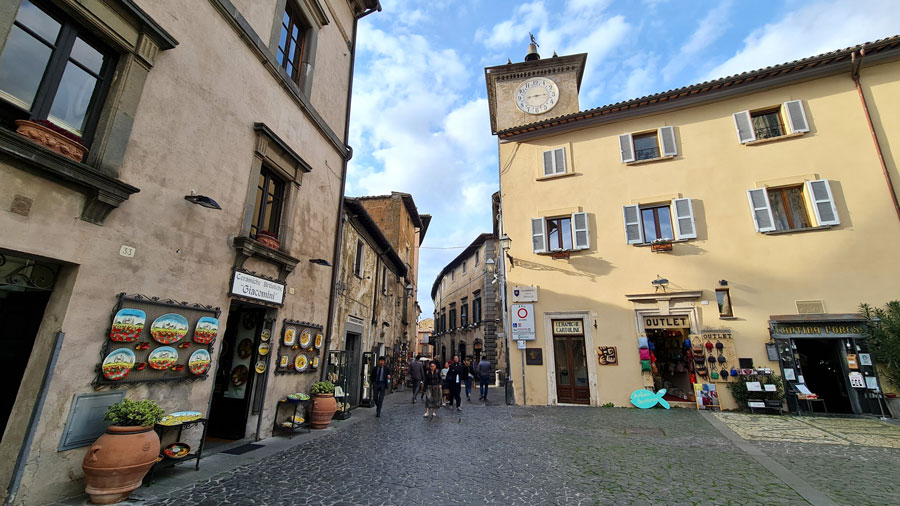
If one comes by train from the nearby towns, as I did, one should be aware that it’s quite easy to visit the historical center where most “Orvieto Things to do” attractions are located. Opposite the railway station, there is a bus and funicular station at Piazza Matteotti. The latter is a landmark in itself.
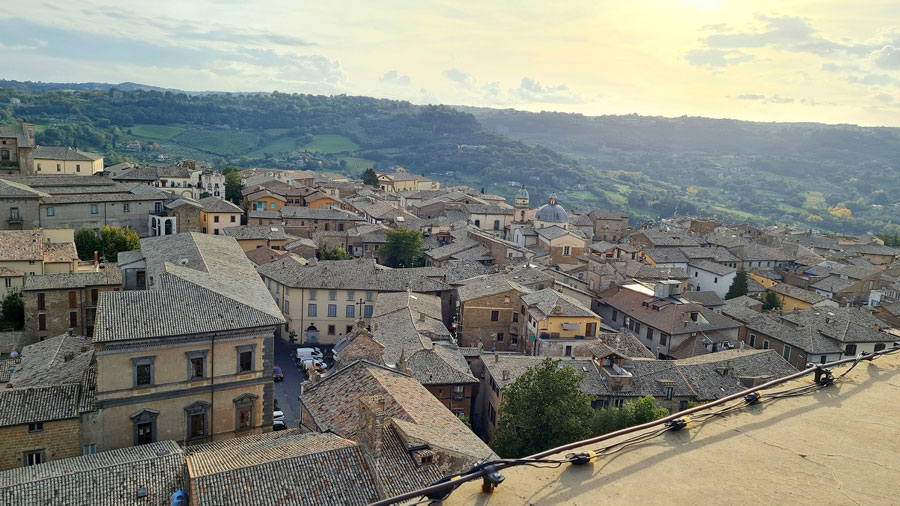
Not only it was built in 1888, but before the electrical one, the hydraulic cable car was used at the spot. The ride lasts for about 10 minutes and it will take you 157 meters up the hill. The same ticket is valid for a minibus on the top that will take you to the cathedral.
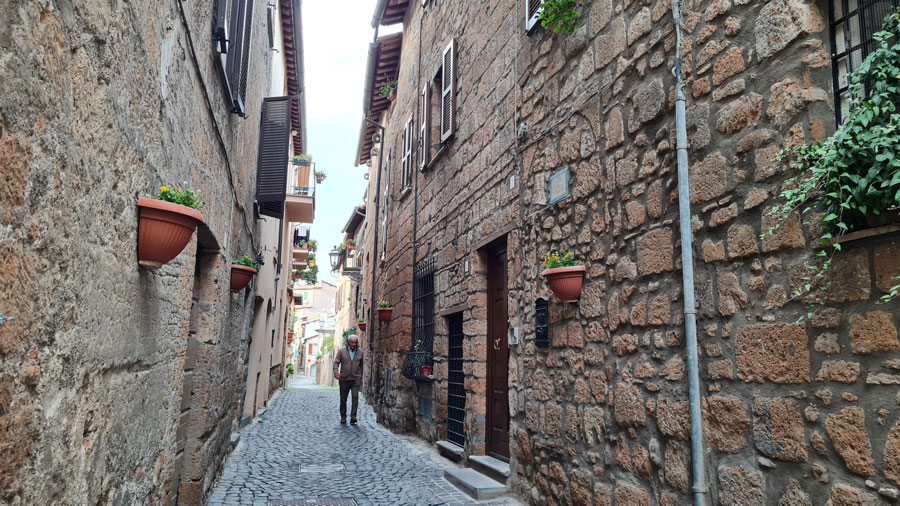
“Orvieto Things to do” has to begin with Duomo di Orvieto or the local cathedral. Although it resembles churches one could see in Siena or other surrounding towns, it’s still quite specific. The inner decorations that usually adorn the church’s walls can also be seen – on the façade.
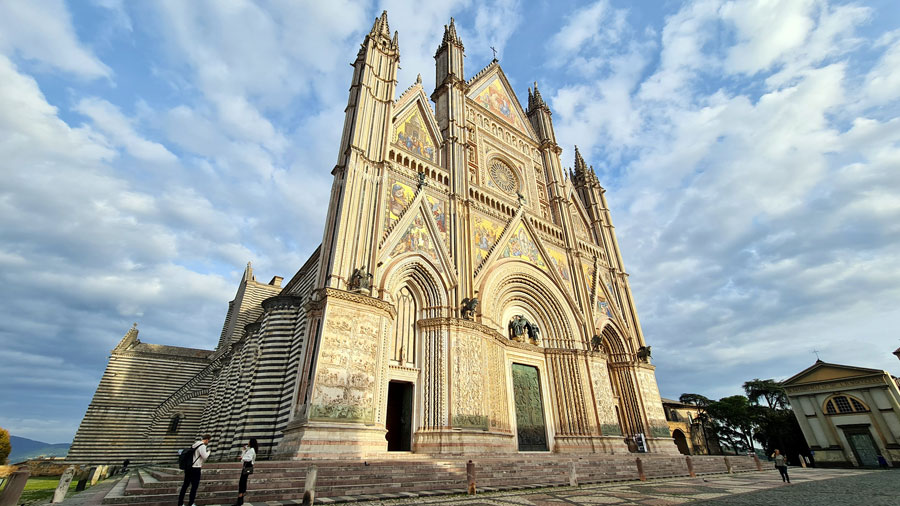
You will notice rich items like stained glass, picturesque mosaics, and interesting sculptures. The cathedral is one of the best examples of Italian Gothic.

Orvieto Cathedral is founded at the end of the 13th century. Pay attention to masterpieces by Luca Signorelli who was born in nearby Cortona in Tuscany. This 15th-century Renaissance painter created the Sistine Chapel fresco in Rome and the famous Last Judgement in Orvieto. He didn’t use symbols but told a story through real people and their emotions. This approach inspired his younger colleague – Michelangelo Buonarroti.
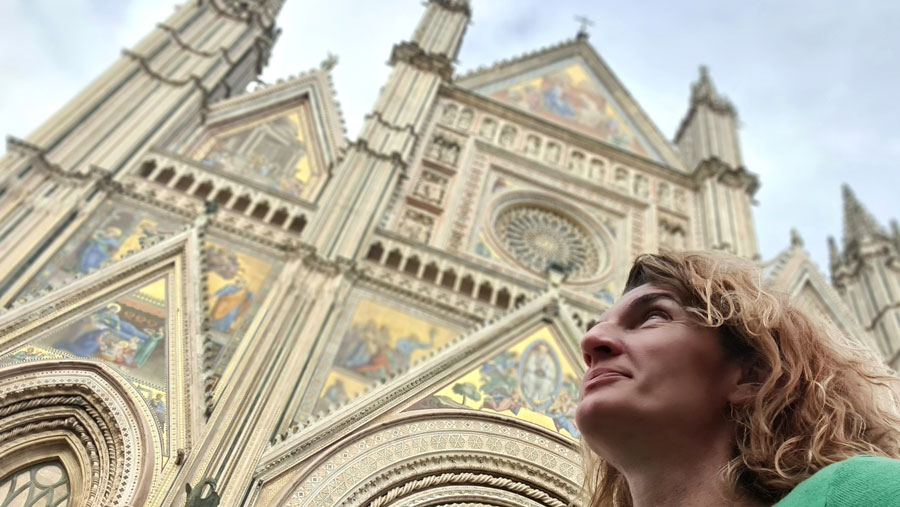
This is one of the Orvieto things to do I couldn’t wait to see. An almost 50-meter tower rises in the central area, only a few minutes walk from the cathedral. It dates back to the 13th century while the clock was added six centuries later.
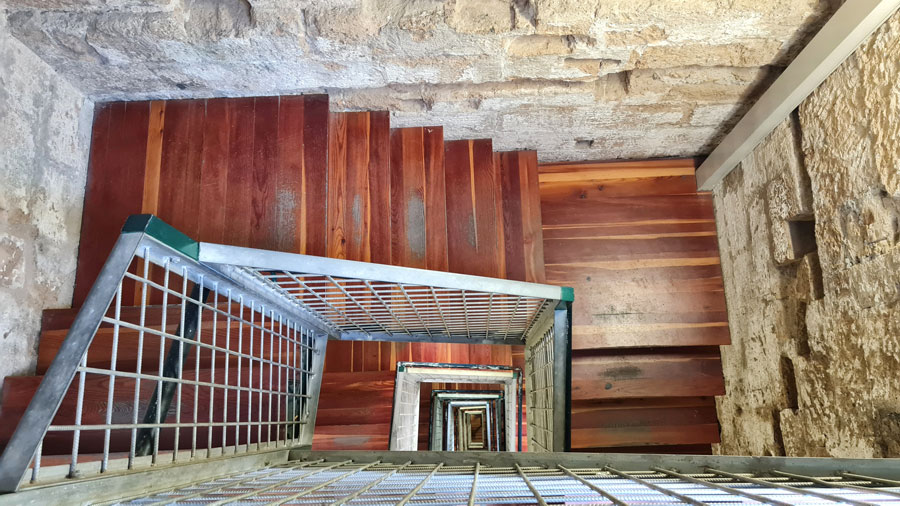
An elevator will take you halfway up but there are still 230 stairs to climb to reach the terrace on the top. This is what Torre del Moro (or the Moor’s Tower) is famous for. It provides a 360-degree view of the whole town which is not to be missed. One can see the 13th-century Palazzo del Popolo and Orvieto’s charming squares and allies.
Ancient inhabitants of Orvieto who lived here two millennia ago carved their way through the volcanic rock creating tunnels and passageways in what became a labyrinth beneath the settlement. One can see streets, gates, and carved premises. Orvieto is known to be the Etruscan burial ground for the aristocracy but is also famous for the 36-meter deep Pozzo della Cava. They say that almost every house on the hill embeds its own tunnels and underground rooms. At the Orvieto Tourism Office, one can book an hour-long tour through some of those 1,200 tunnels and caves.
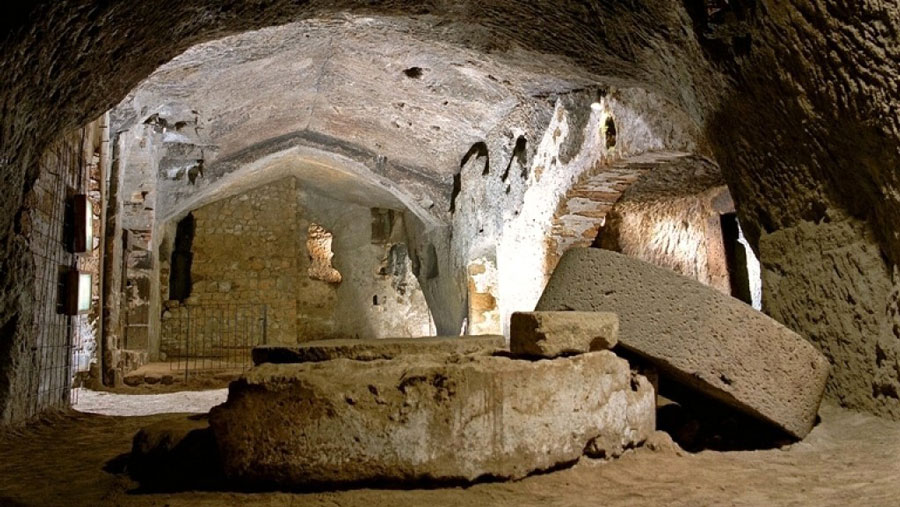
One of the most popular Orvieto things to do is visit St Patrick’s Well. It is 61 meters deep and houses two pathways – one took men down to the well while the other was used by their donkeys to pull the water-filled dishes up. It was dug up by order of Pope Clemente VII who took refuge in Orvieto after the Sack of Rome at the beginning of the 16th century. If the village got surrounded, it wouldn’t lack water, he thought.

This is a must-see. It’s not that pleasant for those who don’t like deep and humid spaces but you don’t have to go all the way down. The well looks exactly as it did five centuries ago and you can picture those donkeys walking up and down.

There are also remains of the Etruscan temple Tempio del Belvedere nearby. Not much can be seen nowadays, but it’s still interesting to imagine how it was built here more than 2,000 years ago. Take some time to enjoy the beautiful view of the valley.
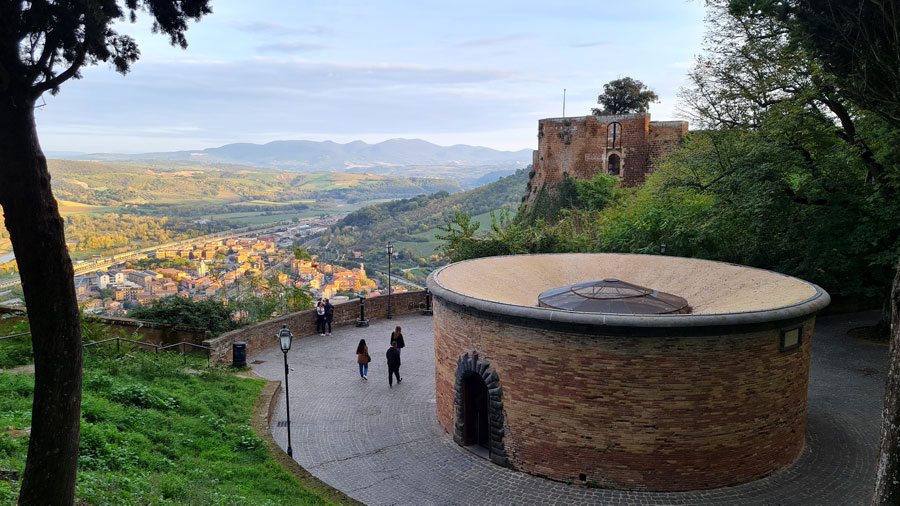
Another item not to be missed when it comes to Orvieto things to do is a visit to Fortezza dell’Albornoz. The Spanish Cardinal Albornoz built the fortress on behalf of a pope in the mid-14th century at the same place where the Etruscan temple once stood. The main tower and a part of its walls are the original structures. The area is now occupied by the town’s park.
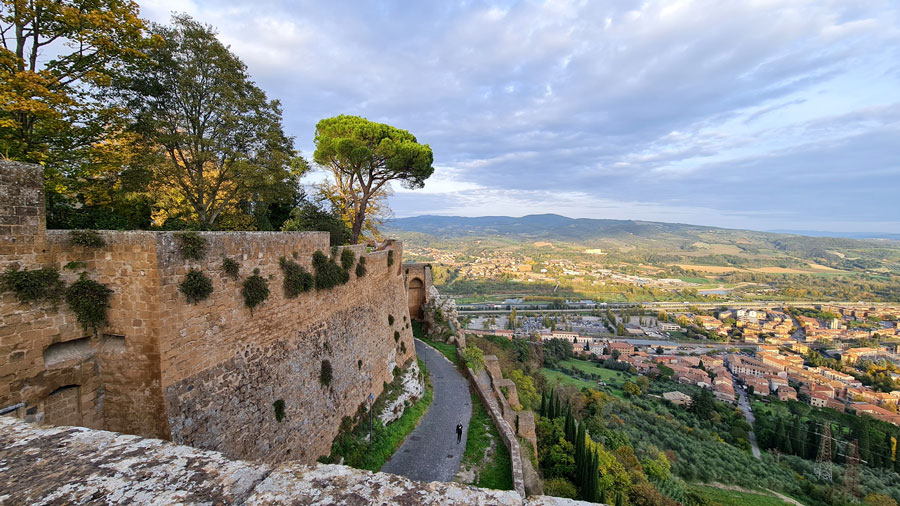
If you spend more than a day in Orvieto, use the time to see the 6th-century BC Etruscan necropolis beneath the north wall. Opposite the cathedral, the Museum Claudio Faina should be on your list because of the Etruscan pottery and jewelry, along with Roman artifacts like 3,000 original coins. The National Archeology Museum lies on the other side of the cathedral occupying the 13th-century building Palazzo Soliano.
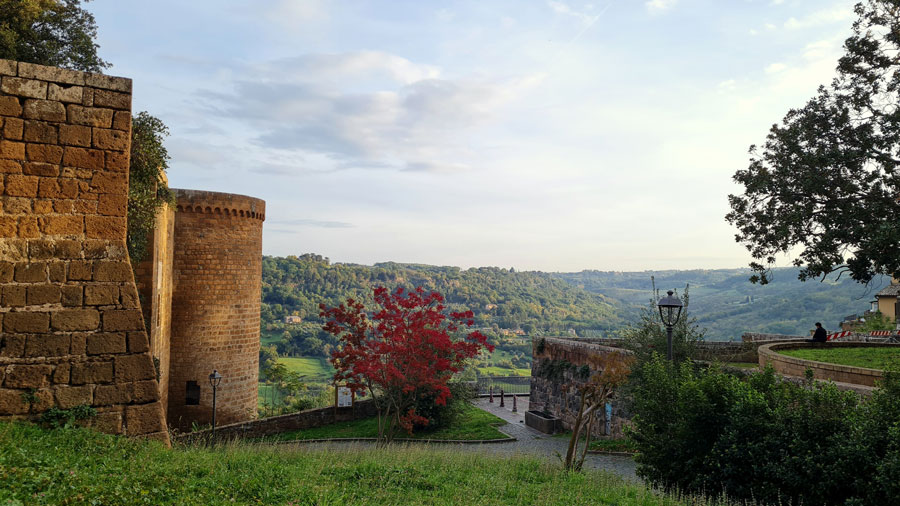
Orvieto is famous for its modern pottery so a ceramic souvenir is a nice idea. There’s no need to emphasize that you should take some time to enjoy Italian pasta at local restaurants and have an occasional macchiato. If you come during summer, gelato is a must!
Next: THINGS TO DO IN PERUGIA
The full ITALY SERIES
If you need a freelance travel writer or you would like to see your country, city, flight, etc., presented on the blog, drop me an email.
Find our more on Freelance Travel Writer page.
I am looking forward to working with you.



